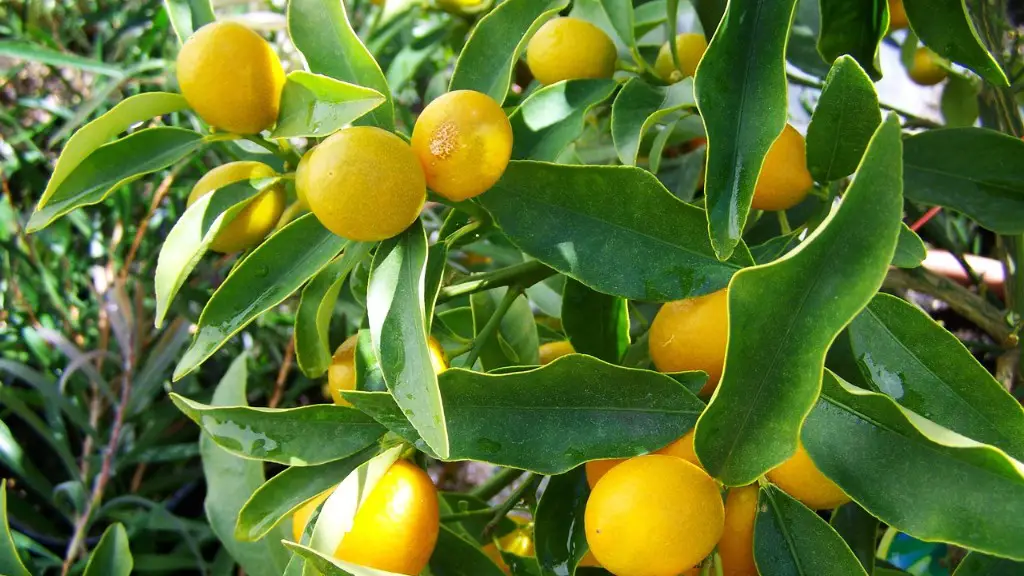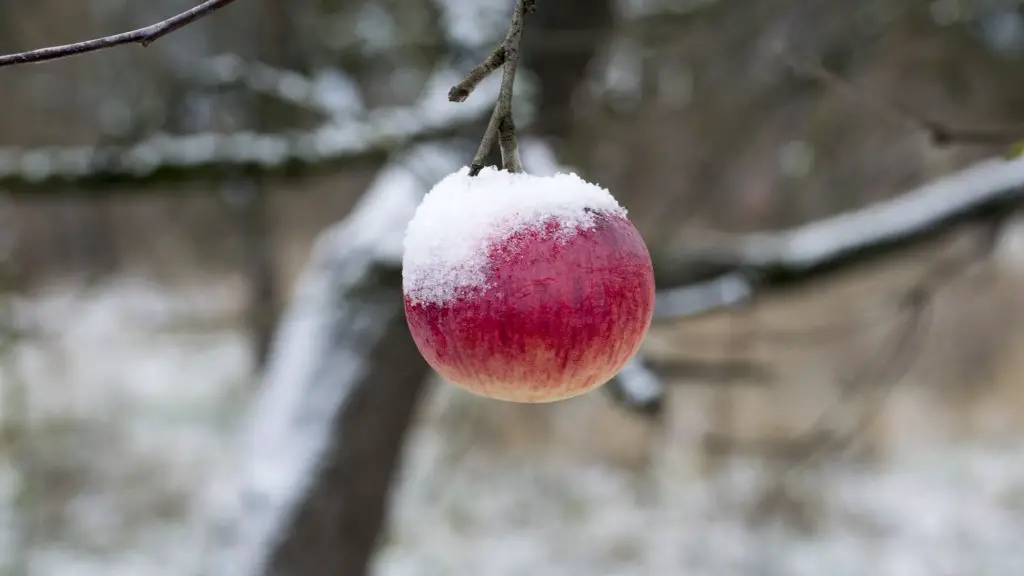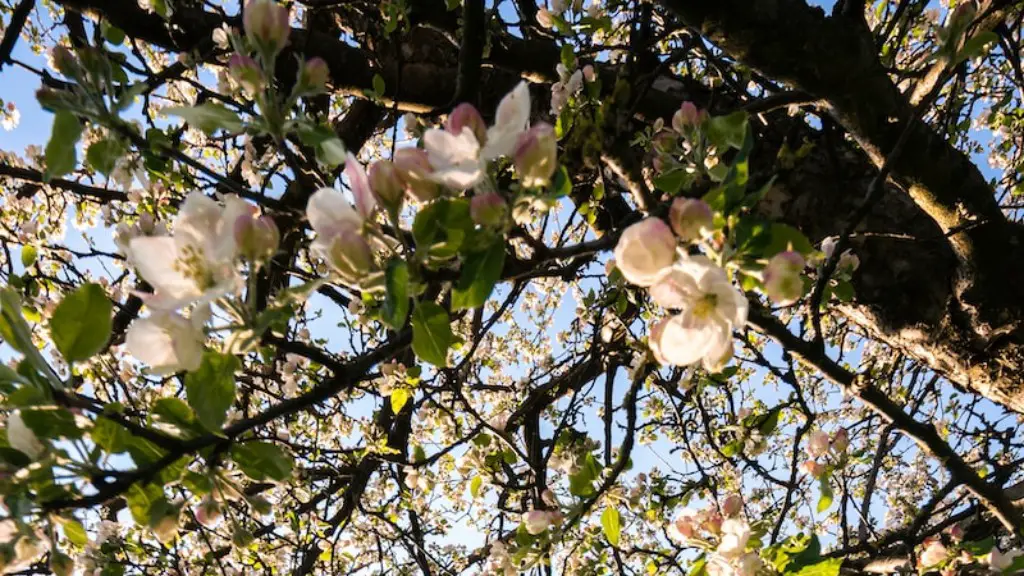Growing an avocado tree directly in the ground in your backyard or on a balcony or patio is quite an exciting gardening activity. Planting time is crucial, so before doing so, you should know when is the right time to do this.
Avocados are subtropical fruits, so they need both warm and cool weather to develop. You should wait until the winter season is almost over before planting the tree. If you’re not in a climate where winter is a thing, wait until the rainy season is ending.
Once the wait is over, there are some steps to follow for best results. Firstly, get a seed from a ripe avocado and bury it in a pot with well-draining potting soil. Cover the seed completely, but don’t use too much water.
Experts advise planting during spring, not excepting the warm summer months. The season should be cool and dry, so this is when avocado grows best. Temperature should be no lower than 12°C or higher than 32°C.
Location also plays a critical role. The tree should be placed where it will receive plenty of sun – at least 6–8 hours each day. If the area you live in has particularly hot summers, make sure to place it in a spot the tree won’t be exposed to the intense heat during the day.
Soil quality is also important. Topsoil with minerals or make sure to mix some organic matter in. If you’re planting directly into the ground, make sure to remove any rocks around the roots of the tree, as they can take away vital nutrients from the avocado.
When it comes to watering, once you planted the seed, you should water consistently for the whole summer. The tree needs lots of water during these months, but don’t overwater. Check the soil for moisture before you water the tree and wait until the soil has dried before you water it again.
Finally, fertilizing will give your avocado tree what it needs to grow into a healthy and productive tree. Your fertilizer should contain nitrogen, phosphorous, and potassium. Do not fertilize in the winter or when the tree is in a dormant state, as this will do more harm than good.
Pollination
Avocados are self-pollinating plants and don’t need another avocado tree to produce fruit, however, they will benefit from an extra boost in pollination. Some experts recommend attaching a paintbrush to a stick and use it to manually move the pollen in and around the flowers. This will help increase your chances of getting more fruit.
Bees are also essential for pollination. If you have other fruit trees in your yard, that’s a plus since bees love to visit those. If you don’t, look for native bees that can help with your avocado pollination.
Even if you live in an area prone to strong winds and harsh weather, protecting your tree from the wind is key. Wind can cause wounds and dry out leaves, so build a wall of boards or use some wind-resistant netting to protect your tree.
Maintenance
Avocado trees need maximum amounts of care and attention. Apart from all the tips described above, keeping up with regular maintenance is required to make sure the tree performs as expected.
Check regularly for pests, diseases and other conditions that might be dangerous to your tree and take care of them ASAP. Add mulch and organic materials to the soil to enrich it in a natural way. And finally, perform regular trimming and pruning sessions.
Pruning is key for making sure your tree remains healthy and does not grow too big for its own good. The best time to prune is during winter, when the tree is dormant. Start pruning when the tree is around three or four years old, and limit the session to no more than 10 percent of the total tree. Prune only the dead and damaged branches, those rubbing against each other, and those that grow in the wrong direction.
Harvesting
Avocado trees take a while to start producing fruit, usually between 2 and 8 years, depending on the variety. Mature trees are generally ready for harvesting after blooming every spring. You’ll know the avocados are ready to be picked when their skin changes color and become soft and bumpy. Most of the time, you’ll be able to gently pull them off the branches.
Ripe avocados can be stored for a few days in the refrigerator, as long as you keep them away from other foods. If you have a more natural approach to storing fruits and veggies, wrap them in a paper bag and store at room temperature.
Pests and Diseases
In spite of the avocado tree’s resilience, it can still catch some diseases or common pests. While not the most serious problem, the most important one is root rot, caused by fungi in overly salty or wet soil. It will cause yellow leaves, and if left unattended, will spread somehow cause the whole tree to die over time.
When it comes to pest, make sure to check regularly for any sign of aphids, thrips and whiteflies. If you spot some of these, you can create a mix of vegetable oil with dish soap and warm water and spray the leaves. Make sure it is applied evenly on leaves and avoid contact with the stem.
Risks of Overwatering
One of the most difficult things about growing an avocado tree is not overwatering it. Fortunately, that’s now possible with some technologies. Smart soil sensors can detect the amount of moisture, and irrigation controllers can turn the water on and off whenever needed.
For those who don’t want to invest in fancy tech, use the standard finger check. Stick your finger about two inches into the soil to locate how wet it is. If you feel moisture, wait a few days before watering again. If the soil feels dry, it’s time to water.
Remember that the most significant risk of overwatering trees is root rot or nutrient deficiencies, both of which can be prevented with proper watering.
Additional Tips
Growing an avocado tree might be daunting at first, but by following these tips and brushing up on your gardening skills, you’ll have a tree in no time. Be sure to check your garden regularly and keep your tree healthy and free of pests, diseases, and malnutrition. Don’t forget to water it in the summer and prune it in the winter for a healthy and productive tree.




